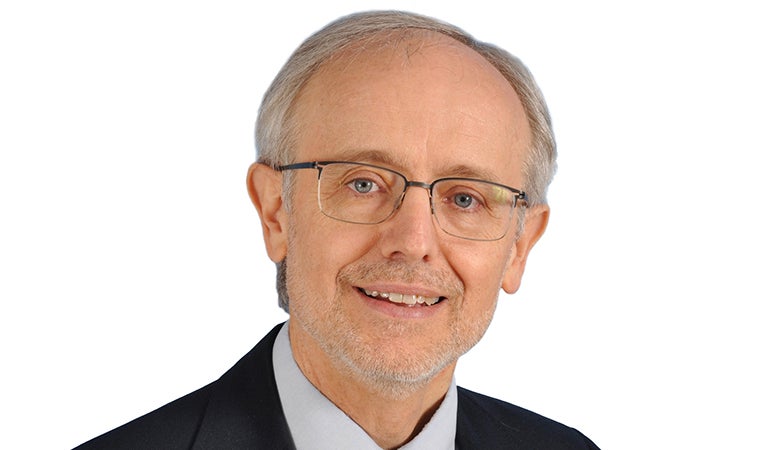Administrative Tasks Take Up More Time than Patient Care for Many PCPs

A recent simulation time study stated it would take 26.7 hours a day for a PCP (primary care provider) to fulfill all demands for a 2,500 patient panel. PCPs face an exhausting time burden across the United States.
About 10 years ago, when the Electronic Health Record (EHR) started to take priority hours on my weekends, vacations, and into the evenings or early mornings, I sent a desperate email to my medical director. The work as a Family Medicine PCP would not be sustainable without administrative time during work hours. I was 0.8 FTE (4 days a week seeing patients) with a panel of about 1,500 adult patients (no obstetrics) and a small proportion of pediatrics in an urban Federally Qualified Health Center (FQHC). We had no allotted time for non-patient facing activities except for required staff meetings.
Based on my experiences then and since, the research that is emerging on this issue, and the perspectives of colleagues, I believe PCPs have a critical need of more administrative time for documentation and inbox management (electronic and paper) to maintain a positive outlook on work.
Two physician colleagues shared some thoughts with me about the importance of non-patient facing activities in primary care.
I advocate for a full day of administrative time for full-time providers for the following reasons: to complete charting; to work on paperwork; to work on the in-basket. This will help with work-life balance, job satisfaction, and overall happier providers.
— Towanda Harris, MD, Family Medicine
Providing good medical care and taking care of patients is why I enjoy my career. … With administrative overload, I find myself getting by with the minimal required care, compassion, and understanding of my patients. Satisfaction in my career suffers. … We, as physicians, need to advocate on individual and collective basis for our time. … We cannot keep giving away our resource of time as if there were an endless supply.
— Christy Tharenos, MD, Family & Sports Medicine
The experiences of myself and my colleagues are not isolated. Research shows the average physician does not have adequate administrative time. An extensive study on 474 primary care physicians from 2011-2014 tracked physician time on the EHR. The result showed an average of 3.1 hours a day patient-facing and 3.2 hours a day performing desktop medicine (inbox management, pre-charting, or closing charts).ii The authors, Tai-Seale et al, concluded PCPs spend about 40% of their time patient-facing and about 60% non-patient facing when factoring in the insurance claims and other non-EHR activities in office. Another study of 57 U.S. physicians concluded that at least two-thirds of physician work is non-patient facing.iii
My own mini time study is in sync with these findings. Last year, I dropped to 0.3 FTE (3 clinical half days) as part of my efforts to juggle work demands. My panel has reduced to under 400 patients. For 9 months (August 2021-April 2022), I kept track of time spent in non-patient facing activities. For every 4-hour patient-facing clinic, there was an added 5 hours of non-patient facing administrative time. This incorporated not only activity on the day of clinic, but also time spread over days when not seeing patients.
Health system and clinic administrators need innovative ways to support PCPs to combat burn out. After that desperate email years ago to my medical director, I am grateful he eventually opened 5 hours administrative time a week for full time PCPs. And there were commensurate arrangements for part time PCPs. Here was a start toward realistic scheduling, improved well-being, and retention for PCPs.
How much non-patient facing time should be scheduled for PCPs? There may be variance based on panel size and makeup. But overall, I propose:
- Full time PCPs should have 1 day blocked for administrative time plus 1-2 hours open during clinic days for additional non-patient facing work.
- A shift toward team-based care will help the process of managing patient needs.i
- Alternative reimbursement models (less fee for service) may reduce the financial concerns raised by reducing PCP availability for face-to-face visits.
When PCPs have sufficient administrative time, we will likely have more energy and renewed vision to serve. We will have welcoming responses to the far-ranging needs of our patient populations for the years ahead.
References
iPorter J, Boyd C, Skandari MR, Laiteerapong N. Revisiting the Time Needed to Provide Adult Primary Care. J Gen Intern Med. 2022 Jul 1. doi: 10.1007/s11606-022-07707-x. Online ahead of print. PMID: 35776372
iiTai-Seale M, Olson CW, Li J, Chan AS, Morikawa C, Durbin M, Wang W, Luft HS. Electronic Health Record Logs Indicate That Physicians Split Time Evenly Between Seeing Patients And Desktop Medicine. Health Aff (Millwood). 2017 Apr 1;36(4):655-662. doi: 10.1377/hlthaff.2016.0811. PMID: 28373331; PMCID: PMC5546411.
iiiSinsky C, Colligan L, Li L, Prgomet M, Reynolds S, Goeders L, Westbrook J, Tutty M, Blike G. Allocation of Physician Time in Ambulatory Practice: A Time and Motion Study in 4 Specialties. Ann Intern Med. 2016 Dec 6;165(11):753-760. doi: 10.7326/M16-0961. Epub 2016 Sep 6. PMID: 27595430.
About the Author Heading link
Dr. James Barnett is the Rural Student Physician Program Director and a Clinical Associate Professor in the Department of Family and Community Medicine.